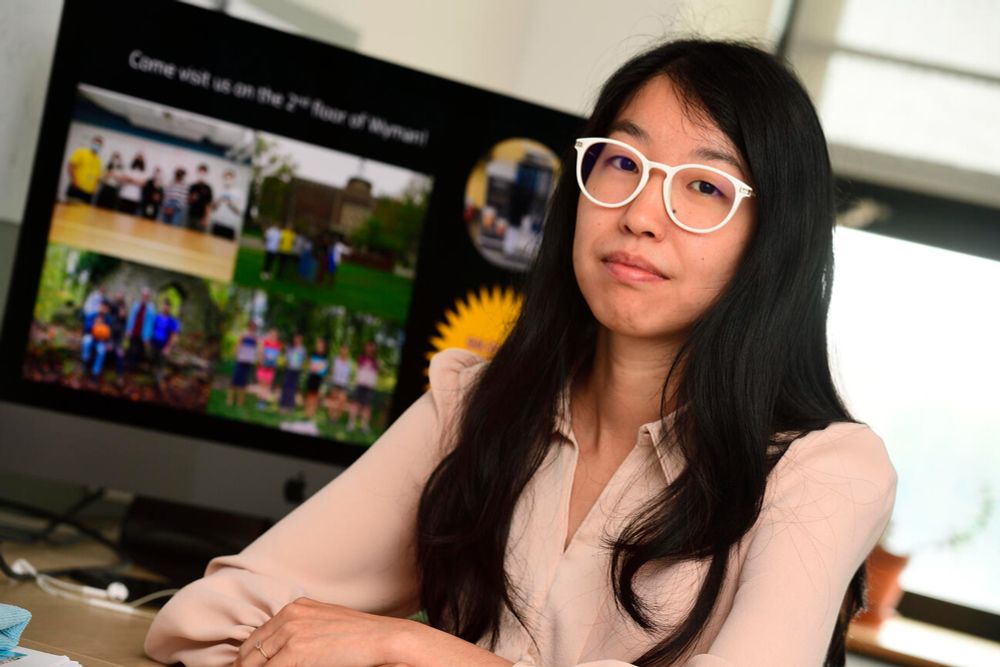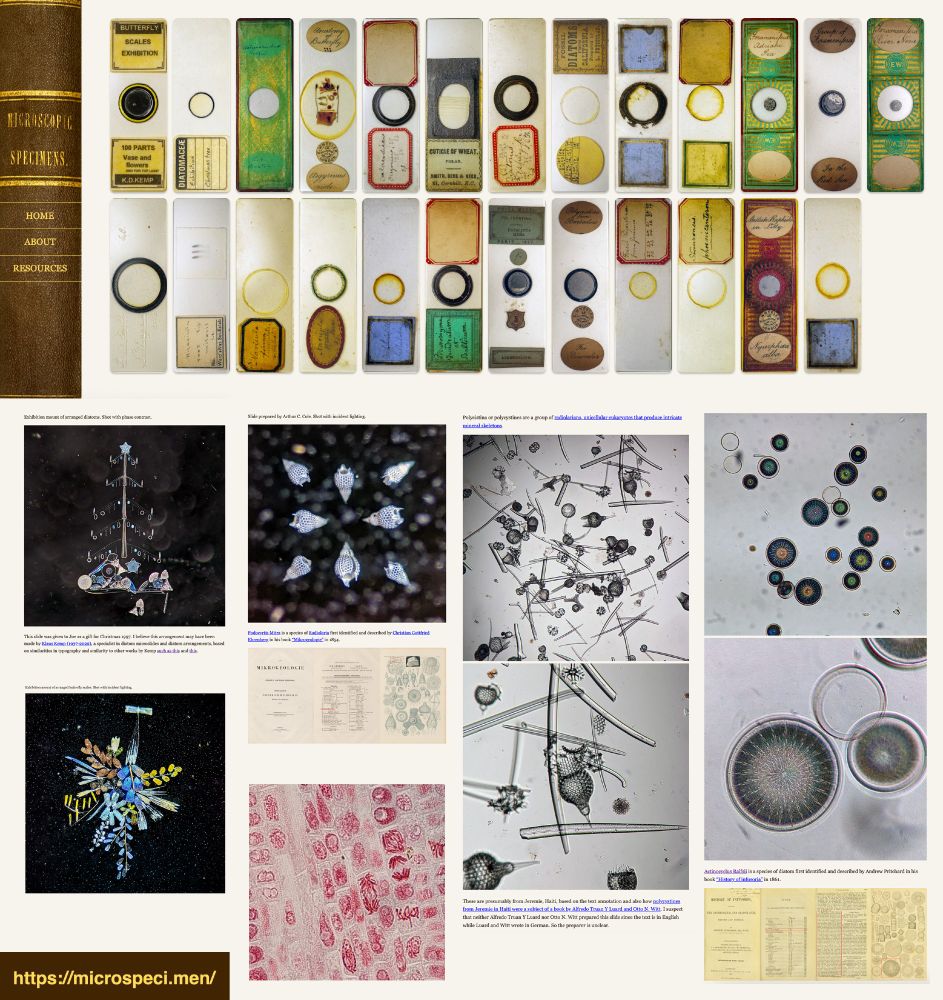Dr. Jean Fan
@jef.works
2.4K followers
66 following
91 posts
Associate prof @JHUBME. Doing #spatialtranscriptomics #compbio #dataviz #rstats. Founder @cuSTEMized. Editor @PLOSCompBio. Alum @HarvardDBMI @mbhsmagnet.
Posts
Media
Videos
Starter Packs
Dr. Jean Fan
@jef.works
· 2d
Reposted by Dr. Jean Fan
Dr. Jean Fan
@jef.works
· 29d
Dr. Jean Fan
@jef.works
· 29d
Dr. Jean Fan
@jef.works
· 29d
Dr. Jean Fan
@jef.works
· Aug 29
Dr. Jean Fan
@jef.works
· Apr 3

Evidence of off-target probe binding in the 10x Genomics Xenium v1 Human Breast Gene Expression Panel compromises accuracy of spatial transcriptomic profiling
The accuracy of spatial gene expression profiles generated by probe-based in situ spatially-resolved transcriptomic technologies depends on the specificity with which probes bind to their intended tar...
www.biorxiv.org
Dr. Jean Fan
@jef.works
· Aug 29
Dr. Jean Fan
@jef.works
· Aug 29
Dr. Jean Fan
@jef.works
· Aug 29
Dr. Jean Fan
@jef.works
· Aug 29
Dr. Jean Fan
@jef.works
· Jul 31

University labs help power America's biotech innovation ecosystem
Hopkins researcher Jean Fan and her team create open-source tools that help bridge the gap between academic discoveries and life-saving treatments. Cuts to federal funding threaten to break this criti...
hub.jhu.edu













